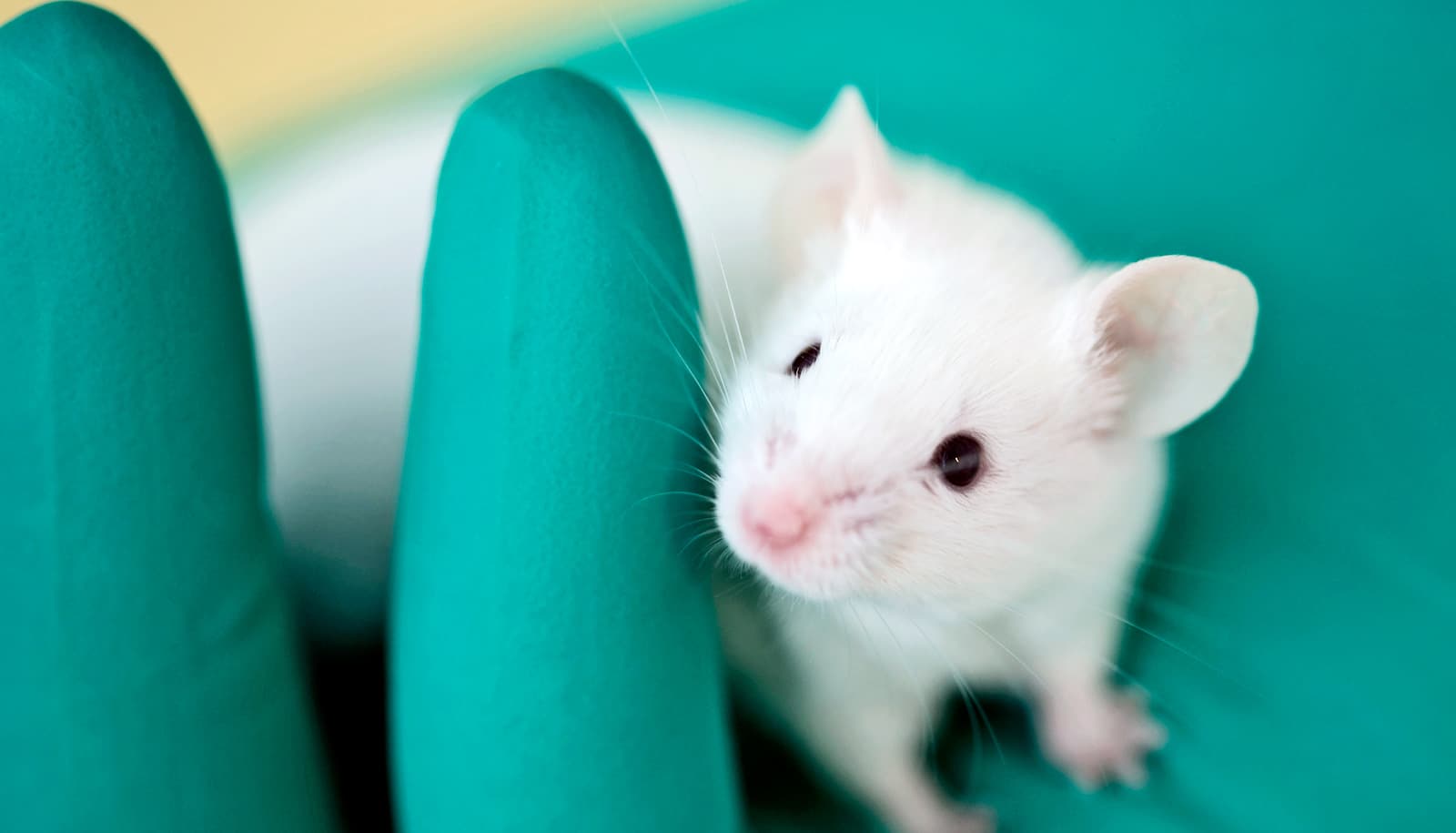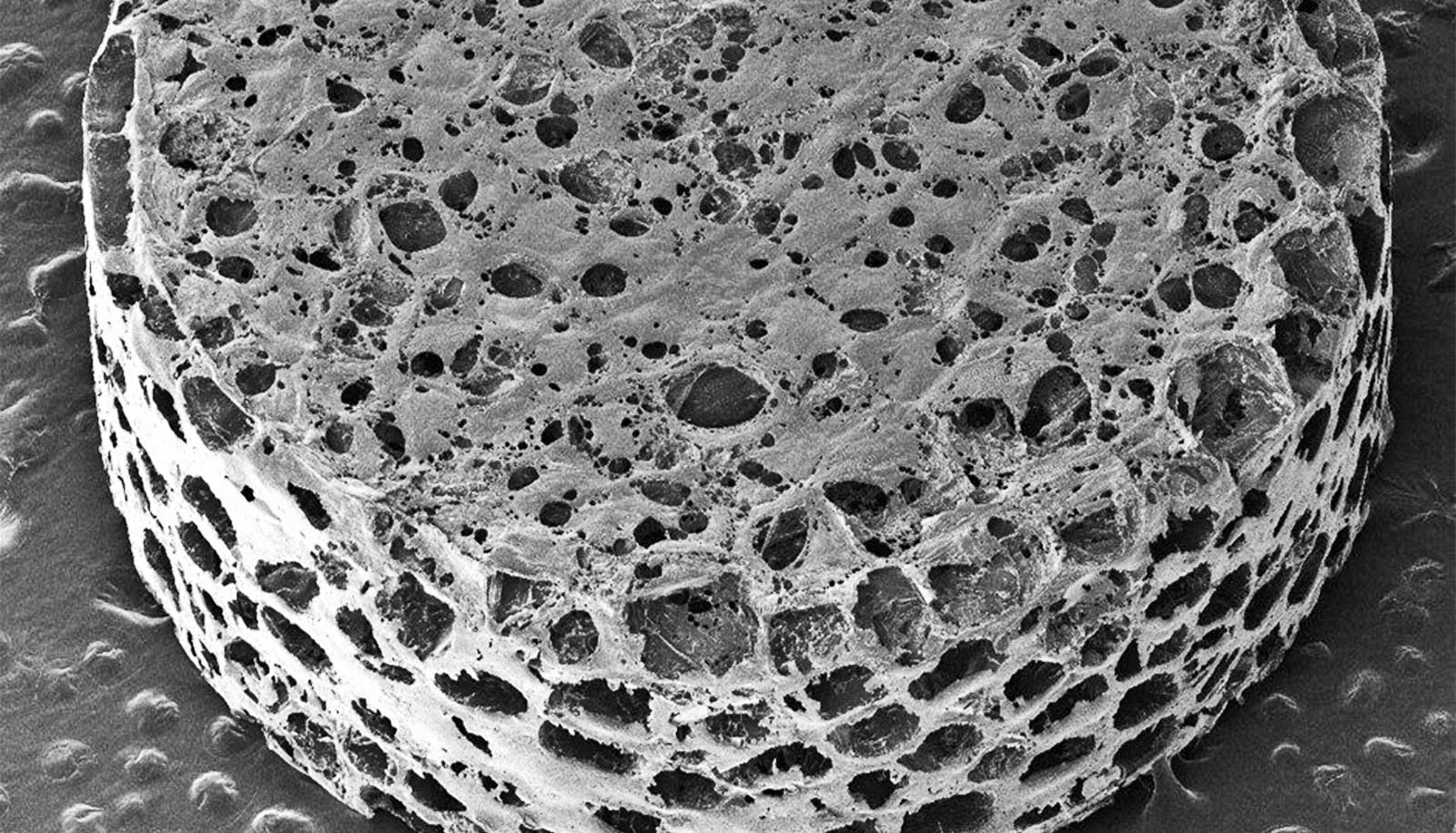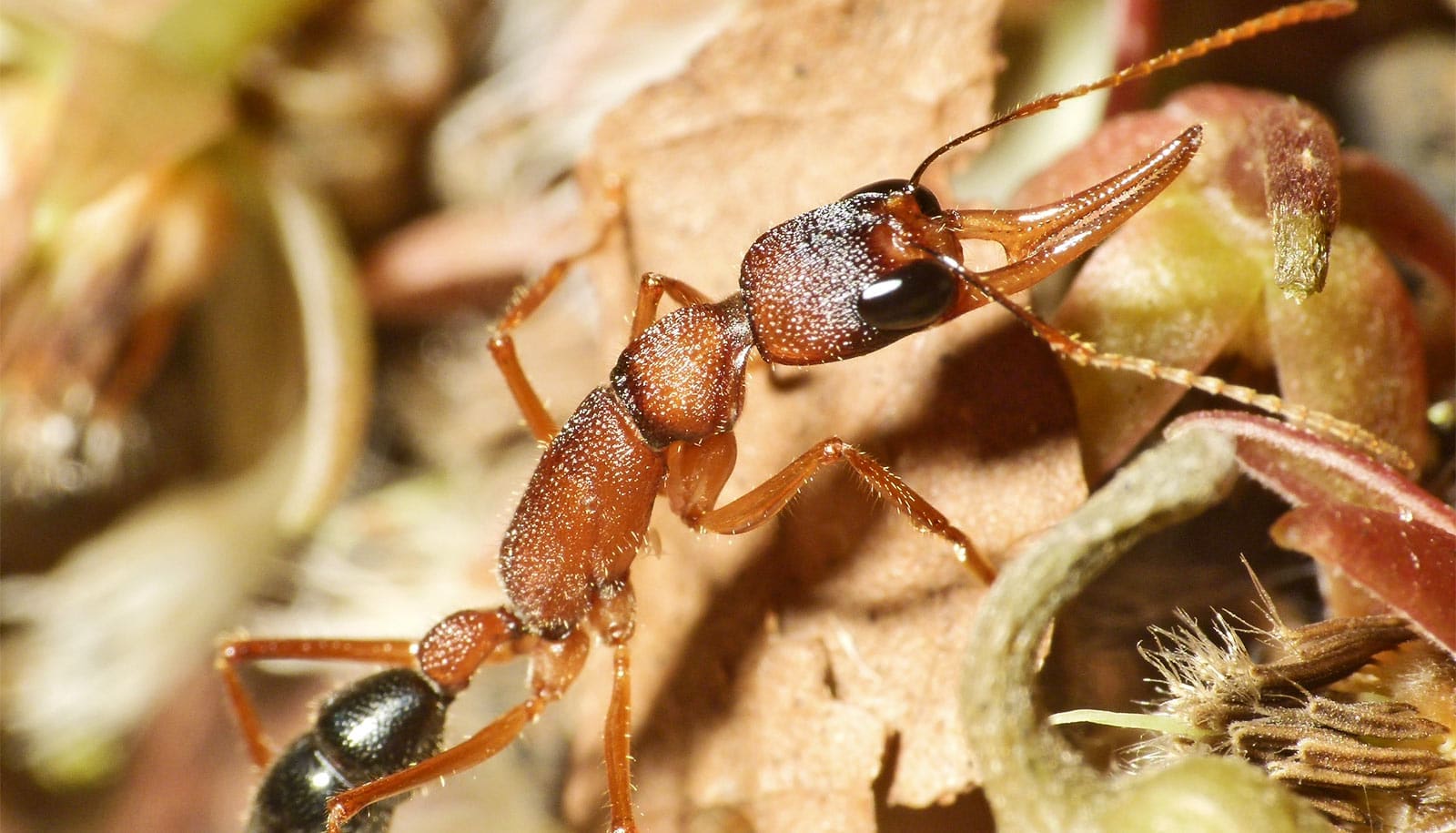The brains of patients with multiple sclerosis (MS) have an extremely high content of the protein calnexin compared to those without the disease, a study of donated brain tissue shows.
When researchers tested the susceptibility of mice lacking calnexin to a mouse model of human MS (experimental autoimmune encephalomyelitis), they were astonished to find that the mice were completely resistant to the disease.
The discovery provides hope for a new therapeutic target in MS patients that could one day prevent the symptoms and progression of the disease.
The causes of MS are not well understood. Symptoms vary widely but often include cognitive impairment, dizziness, tremors, and fatigue. After becoming activated, white blood cells called T-cells find their way into the brain and attack the protective covering—myelin—of neurons in the brain and spinal cord, leading to inflammation and damage to the central nervous system.
“It turns out that calnexin is somehow involved in controlling the function of the blood-brain barrier,” says Marek Michalak, a professor of biochemistry at the University of Alberta. “This structure usually acts like a wall and restricts the passage of cells and substances from the blood into the brain. When there is too much calnexin, this wall gives angry T-cells access to the brain where they destroy myelin.”
How ‘tattoo therapy’ might treat multiple sclerosis
Canada has one of the highest rates of MS in the world, with an estimated one in 340 Canadians living with the disease for which there are currently no known effective treatments.
“We think this exciting finding identifies calnexin as an important target for developing therapies for MS,” says Luis Agellon, a professor at the McGill University School of Human Nutrition.
“Our challenge now is to tease out exactly how this protein works in the cells involved in making up the blood-brain barrier. If we knew exactly what calnexin does in this process, then we could find a way to manipulate its function to promote resistance for developing MS.”
Source: Ross Neitz for University of Alberta via McGill University



